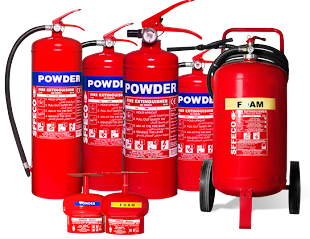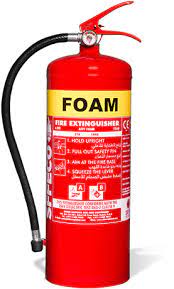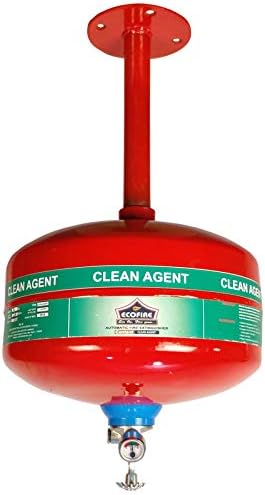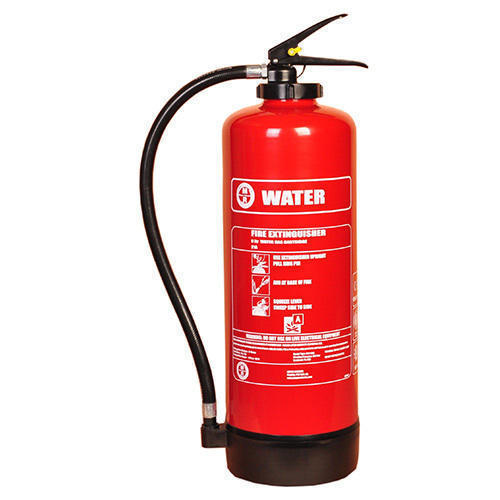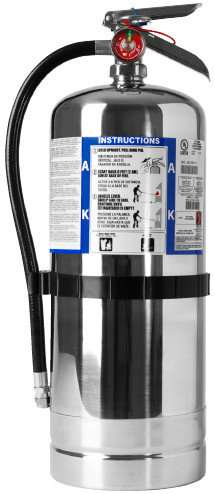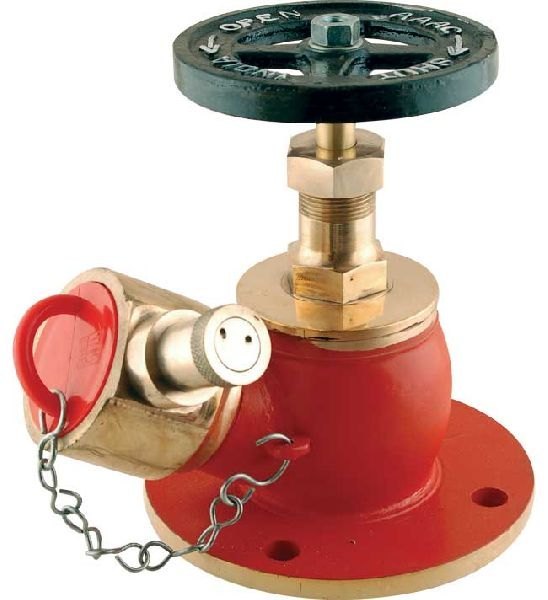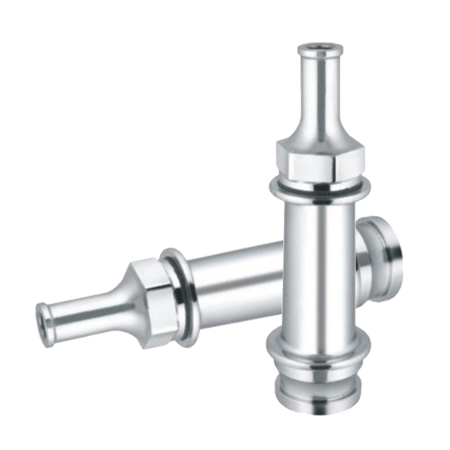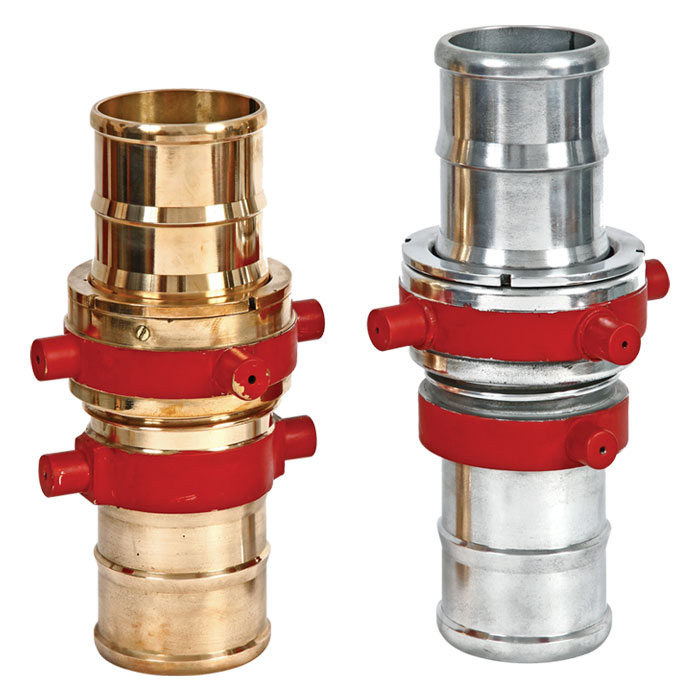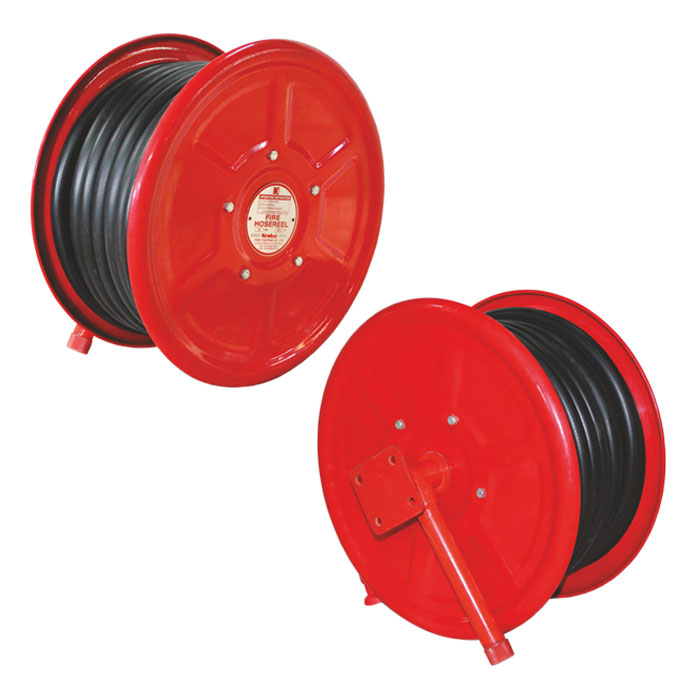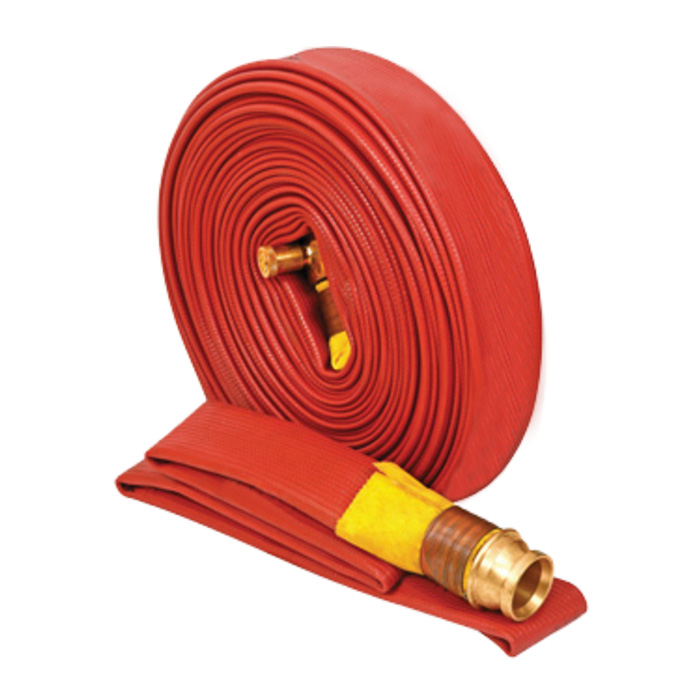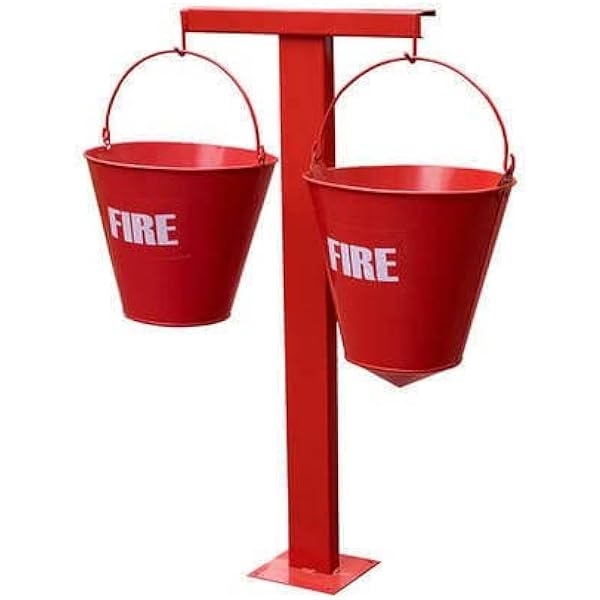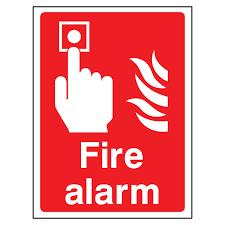CARBON DIOXIDE TYPE (CO2) Fire Extinguishers
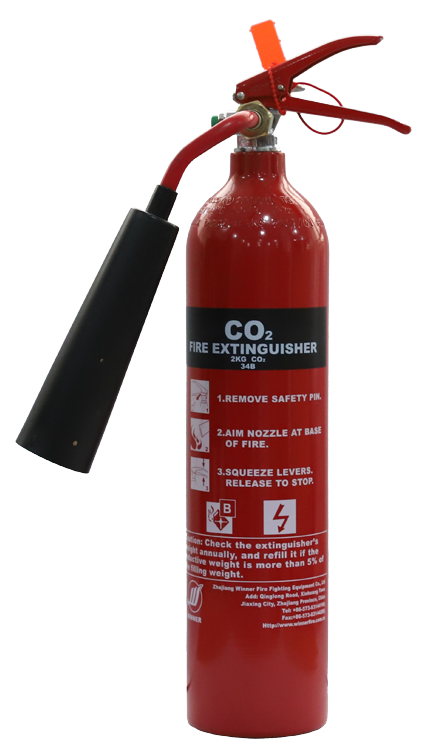
Carbon Dioxide (CO2) fire extinguishers are specialized fire suppression devices effective for certain types of fires. Here’s an overview of their key features and uses:
Composition
- CO2 Gas: These extinguishers contain compressed carbon dioxide, which is released to extinguish fires.
Fire Classes
- Class B: Flammable liquids, such as oil, gasoline, and solvents.
- Class C: Electrical fires involving live equipment.
- Not Suitable for Class A: They are not effective for ordinary combustibles like wood or paper.
Mechanism of Action
- Displacement of Oxygen: CO2 works by displacing oxygen around the fire, effectively smothering it and interrupting the combustion process.
- Cooling Effect: The gas also has a cooling effect, which can help lower the temperature of the burning material.
Advantages
- No Residue: CO2 extinguishers leave no residue, making them ideal for use in environments with sensitive equipment, such as server rooms and laboratories.
- Non-Conductive: Safe for use on electrical fires, as CO2 is non-conductive.
- Lightweight and Portable: Generally lighter than some other extinguisher types, making them easier to handle.
Considerations
- Limited Range: CO2 extinguishers typically have a shorter discharge range compared to other types, so users need to be closer to the fire.
- Risk of Asphyxiation: In confined spaces, CO2 can displace oxygen, posing a risk of asphyxiation. Proper ventilation is essential.
Maintenance
Regular inspections are crucial. Check for:
- Fullness and pressure gauge readings.
- Signs of damage or corrosion.
- Proper function of the nozzle.
Usage
For effective use, remember the PASS method:
- Pull the pin.
- Aim at the base of the fire.
- Squeeze the handle.
- Sweep side to side.
In summary, CO2 fire extinguishers are a valuable option for fighting flammable liquid and electrical fires, especially in areas where residue from other extinguishing agents could cause damage.


